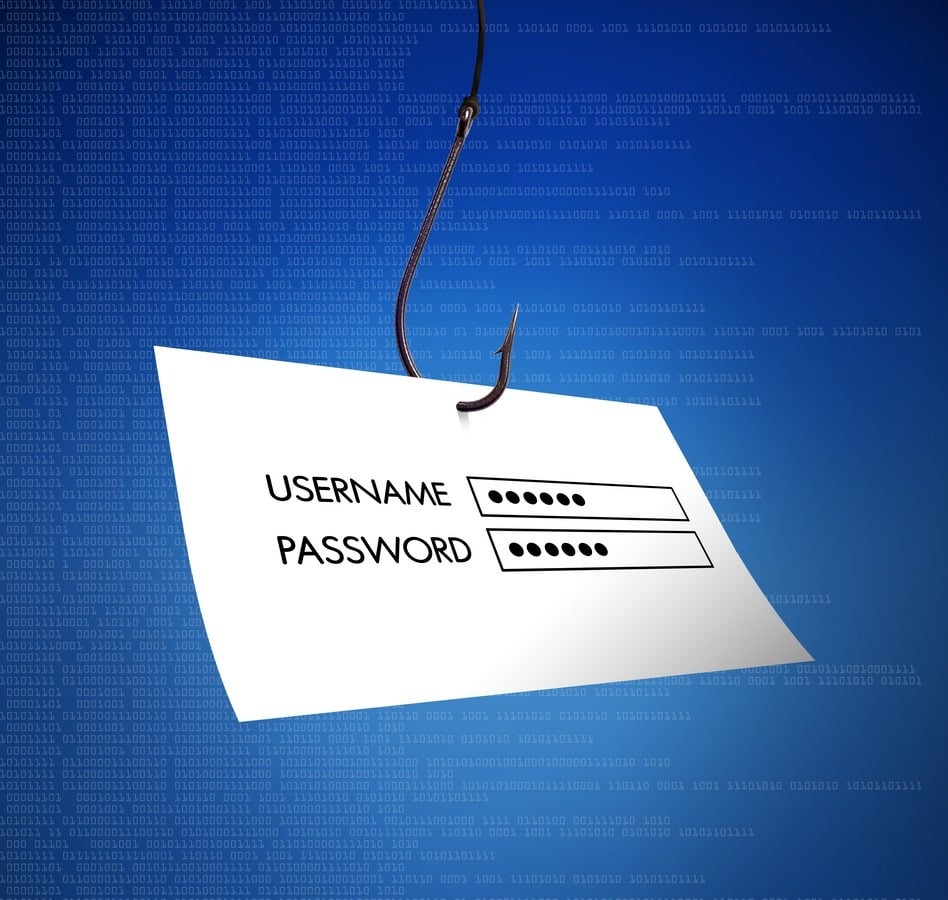Test Altospam’s solutions!
Thousands of companies, CTOs, CIOs, CISOs and IT managers already trust us to protect their e-mail against phishing, spear phishing, ransomware, …

Phishing is one of today’s most common Internet attacks. The aim is to extract information from the victim, which the fraudster will then use for nefarious purposes. Several techniques can be used to identify these messages in advance. Using tools such as Altospam can help you avoid falling into the trap, which can often have disastrous consequences.
Phishing, or phishing as it’s also commonly known, is a form of scam mainly encountered on the Internet. E-mail is most often used for this purpose. To defraud you, the fraudster will pretend to be an organization you know, using their name and logo. It could be a bank, a company, the tax department, etc. Typically, it will send you an e-mail asking you to update or confirm certain information about yourself. The main aim is to extract personal information from you, which may be linked to your bank details or a password to facilitate hacking. The primary aim of phishing is to obtain the victim’s personal information and use it for malicious purposes. The information gathered in this way will be used by fraudsters, for example, to steal your identity or carry out fraudulent bank transactions.
In general, phishing attacks are often easy to detect by analyzing the quality of the writing. More often than not, the body of the text contains spelling or grammatical errors. However, emails can be difficult to identify when they are well-polished.
Other criteria can also be used to identify phishing. The messages are often unexpected. That’s why it’s important to always look for clues when there’s no reason for you to receive a message from the sender. Similarly, the emails urge the victim to act urgently. This could be a second payment notice, without there having been a first one, a relative in difficulty or other. When faced with such situations, it’s best not to act in haste.
Phishing messages also often use an organization’s name to obtain personal information. In most cases, they invite you to click on a link or an attachment. If you are invited to do so, avoid clicking directly on it. Instead, position the mouse over the link to check where it leads and whether the site in question is suspicious.
Fraudsters vary in their targets. For example, they can target unwary consumers by attracting their attention. The techniques most commonly used in this case include offering prizes in bogus competitions. To win the prizes, the victim will be asked to enter contact details such as name, date of birth, address and bank details. In addition, the scam can also target professional users. In these cases, fraudsters will pose as a member of the same organization, for example, or one of its suppliers, and invite the victim to open an attachment. While in some cases the aim is to harvest personal information, in others it may be to deploy ransomware systems.
The best way to protect yourself from this form of cybercrime is to systematically ignore all e-mails requesting confidential information. If in doubt, it’s best to contact the company directly to be sure. More often than not, these e-mails will contain attachments that should not be opened. It’s also a good idea to check that the address is secure, by clicking on the closed padlock preceding the site’s “https”.
ALTOSPAM is a software solution that prevents problems at source by scanning all emails before you even receive them. Using state-of-the-art techniques, Altospam’s service will spot fraudulent e-mails upstream. The advantages of using the service are manifold. This not only reduces bandwidth usage, but also makes mailboxes less cluttered by eliminating the vast majority of spam.
When you realize you’ve been phished, it’s important to react immediately. So, if you have accidentally communicated personal information such as bank details, or suspect a suspicious debit on your account, you should immediately lodge a stop payment with the bank. On the other hand, don’t delete the message; instead, keep proof of the phishing for yourself. On the other hand, if you suspect that your personal information is being used for spoofing purposes, it’s best to file a complaint. In the event of password attacks, be sure to change your password as soon as possible.
It’s essential to know that official organizations almost never ask for personal or sensitive information by e-mail. When you receive a suspicious e-mail, always check the address. To prevent the risk of phishing, avoid logging on to an online banking site with a shared or free-access computer. As mentioned above, always check that the site is secure beforehand. Finally, avoid entering personal information directly on forms received by e-mail.
Test Altospam’s solutions!
Thousands of companies, CTOs, CIOs, CISOs and IT managers already trust us to protect their e-mail against phishing, spear phishing, ransomware, …